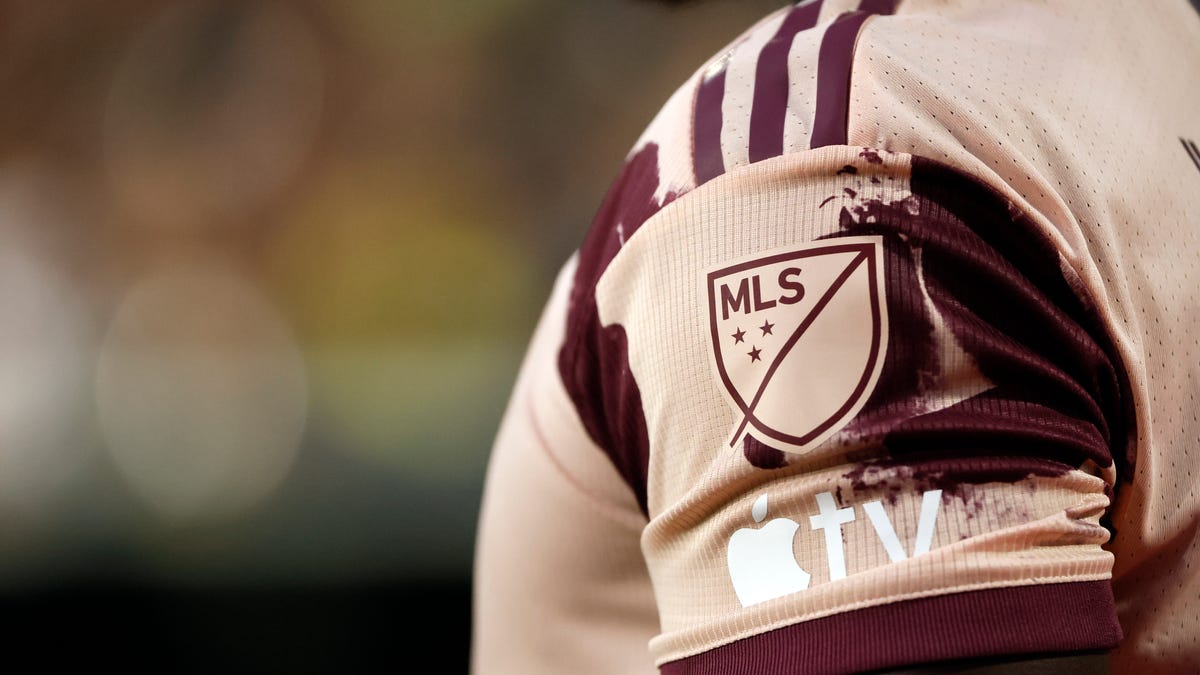The Growing Challenges of Keeping Up with Live Sports
Live sports have always been the most popular content on television in the US, with the top 10 telecasts last year being major sporting events. This trend is not new – in fact, 22 out of the 30 most-watched TV programs in US history are Super Bowls (with the 2023 NFL championship game coming in at No. 2, just behind the moon landing).
But despite their popularity, it’s becoming increasingly difficult for fans to keep up with their favorite teams. The reason is simple: the biggest streaming platforms are aggressively pursuing live sports rights, trying to compete with traditional networks and causing fans to suffer as a result. While streaming has become the primary way Americans watch television, live sports have been largely left out of the streaming model pioneered by Netflix, until now. Streaming giants like Disney, Apple, and Amazon have been changing their strategies and fighting for the rights to exclusively stream major sporting events. This shift in strategy stems from the fact that sports have historically been one of the most lucrative segments of the TV industry, in addition to being the most popular. For example, ESPN generates as much as $2 billion in ad revenue annually for its parent company Disney, thanks to its position as the most-watched cable network among Americans under 55, the most desirable demographic for sponsors. This year, major streaming platforms are expected to spend over $6 billion on the rights to exclusively broadcast major sporting events, hoping to tap into this lucrative revenue stream.
So, how much does it cost to be a devoted sports fan in this new streaming landscape? The transition of live sports to streaming services is still ongoing, which means that if you want to follow the five major sports leagues (MLB, MLS, NBA, NFL, NHL), you not only have to subscribe to multiple streaming platforms but also keep your expensive cable subscription. The average cable plan, including major national sports broadcasters like ESPN and TNT, costs around $83 per month. This also includes regional channels that broadcast hometown games when they are not nationally broadcast.
Let’s say you want to watch Thursday Night Football and follow Lionel Messi’s debut in the American soccer league. This would require an Amazon Prime and Apple TV+ account, which cost $15 and $7 per month, respectively. Adding in cable, your monthly cost would be $105. And if you’re also a college football and PGA Tour fan, you would need to subscribe to ESPN+ ($10) and NBC’s Peacock streaming service ($6), bringing your total to $99 per month. And this is just for watching regular season games. If you want to watch pro teams outside of your local broadcast market, you’ll need to subscribe to the separate “league pass” streaming services offered by each sports league, which can add up to over $200 per month for a passionate sports fan.
The increasing costs of live sports and the impact of streaming platforms on the cable business model were highlighted in a recent standoff between Disney and Charter’s Spectrum Cable, a major regional cable company in California. Amid a financial dispute, Charter blacked out Disney-owned channels and blamed Disney’s demand for $2.2 billion in licensing fees. This dispute is part of a larger trend – networks like Disney have more than doubled their licensing fees for cable distributors since 2015, largely because of the rising cost of sports broadcast rights. The rights to the five major American sports leagues are projected to cost $15.4 billion in 2023, double what it was a decade ago, with companies like Amazon and Apple driving up prices across the industry.
Furthermore, the rise of direct-to-consumer streaming services has affected the financial calculations of cable distributors. Disney, for instance, owns its own sports streaming services like Hulu Live Sports and ESPN+. This raises the question of why CEO Bob Iger would pay cable companies to broadcast their sports when Disney can do it themselves. Iger has acknowledged this new reality, stating that it’s not a matter of if, but when, ESPN flagship channels will become direct-to-consumer.
Given these ongoing challenges, it’s no wonder that frustrated sports fans are being advised to sign up for streaming services to keep up with their favorite teams. The future of sports consumption is undoubtedly changing, and fans will need to adapt to this new landscape.
Related stories:
- Disney is making ESPN earn its keep by going all-in on sports gambling
- Bob Iger’s successor at Disney is still Bob Iger
- Minor league baseball players scored a $185 million settlement in pay dispute
Denial of responsibility! Vigour Times is an automatic aggregator of Global media. In each content, the hyperlink to the primary source is specified. All trademarks belong to their rightful owners, and all materials to their authors. For any complaint, please reach us at – [email protected]. We will take necessary action within 24 hours.


